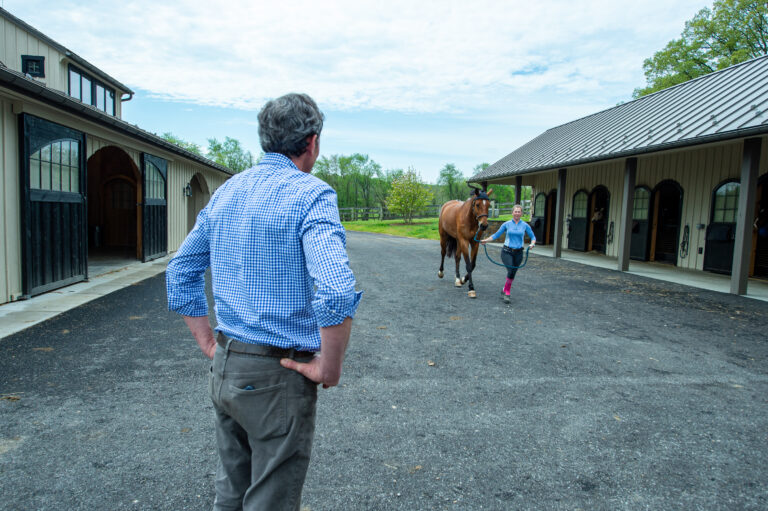
In the book Nonviolent Communication, the late author Marshall B. Rosenberg, PhD, describes a method for using words and thinking to find common ground with other people. He begins by defining violent communication as “acting in ways that result in hurt or harm.” In contrast, nonviolent communication integrates honest expression of our feelings and needs with empathetic listening to others’ feelings and needs.
Separating Obervation From Evaluation and Judgment
Rosenberg believes that when judgments are used in language, they alienate us from our compassion for others and cause people to lose trust in us. For instance, if you observe that a colleague is more detail-oriented than you are, you might judge them as picky and compulsive. If you are more organized than a colleague, you might judge them as sloppy and disorganized. By separating an observation from an evaluation or judgment, you will communicate more successfully.
Compare the statements “Jim’s approach is totally outdated” and “Jim prefers an approach he has experience with.” When we combine evaluation with observation in our communications, such as in the first statement, people generally hear criticism. When our thoughts include judgment, it taints our message.
Distinguishing Feelings From Thoughts
Another important concept is distinguishing feelings from thoughts. Consider the statements “I feel inadequate as a surgeon” and “I am disappointed with my surgical skills.” These two similar sentiments have very different messages. Inadequate is simply a thought or judgment about our performance or ability; the emotion in the first statement is disappointment. Taking responsibility for our feelings and understanding that they represent our needs is the next step. The natural progression from the second statement would be, “I am disappointed with my surgical skills, because I want to create better outcomes for my patients.” Allowing ourselves to be vulnerable by expressing our feelings can help others understand us better and help resolve conflict. Even in self-dialogue, this approach increases self-compassion.
4 Components of Nonviolent Communication
The four components of nonviolent communication are observations, feelings, needs, and requests. Observations are concrete actions or situations that affect our well-being. Our needs, values, and desires are the foundation of our feelings. Requests are the “asks” we make of others or ourselves that will fill our needs: “I am disappointed with my surgical skills, because I want to create better outcomes for my patients. Would you be willing to mentor me in developing better skills?”
Being empathetic toward other people’s feelings, needs, and requests is necessary for relationships to thrive. This can occur only if we quiet our preconceptions and judgments as we listen. It is very common for veterinarians to be problem-solvers. As such, they might offer advice or solutions rather than empathy when they listen. Feeling heard and understood is often much more important. Always ask for permission before giving advice or reassurance. Imagine your feelings if you shared your disappointment about your surgical skills, asked for mentorship, and were met with, “Yeah, I heard you had a disaster today. That’s nothing! Listen to what happened to me when I just started …” How much better would it feel to hear, “That sounds hard. Feeling disappointed in yourself is never fun. I’m happy to help. What areas of skills do you want to work on first?”
Final Thoughts on Nonviolent Communication
Nonviolent Communication emphasizes that the words we use and the way we think matter. By adopting the principles and practices described by the author, you can establish relationships on a foundation of empathy, collaboration, authenticity, and trust.
Related Reading
- Understanding the Next Generation of Veterinarians
- Equine Veterinary Sustainability: Being the Change
- Equine Veterinary Sustainability: How Leaders Create Psychological Safety
Stay in the know! Sign up for EquiManagement’s FREE weekly newsletters to get the latest equine research, disease alerts, and vet practice updates delivered straight to your inbox.

![[Aggregator] Downloaded image for imported item #18711](https://s3.amazonaws.com/wp-s3-equimanagement.com/wp-content/uploads/2025/10/20105749/EDCC-Unbranded-14-scaled-1-768x512.jpeg)


